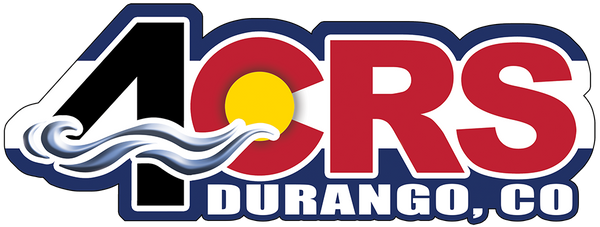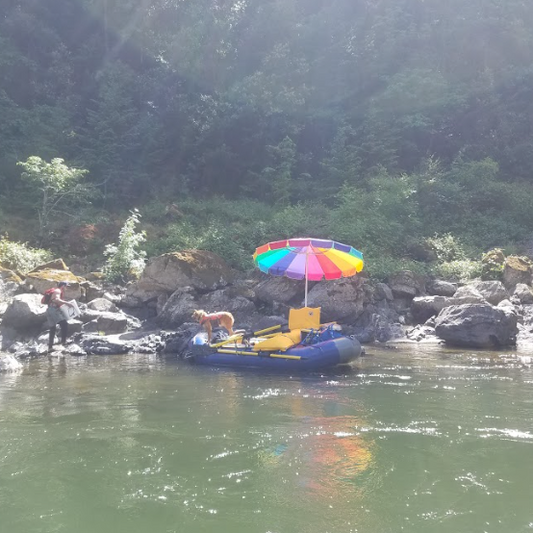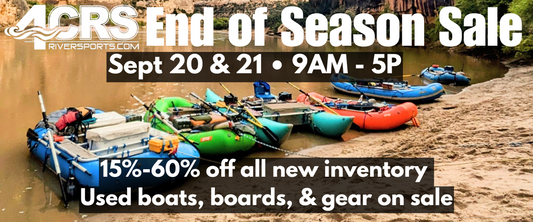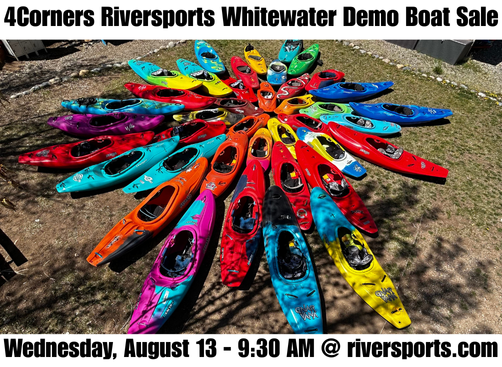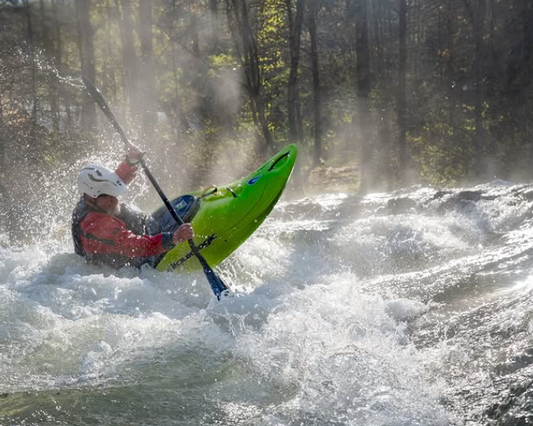So you’ve decided to pick up Stand-up Paddle Boarding. Good for you! Not only is SUP boarding a great way to play on flat water, but it also offers the benefits of giving a full-body workout, and a really unique vantage point (standing up!) for looking into the water and checking out what’s on the horizon.
In this article, we’ll take you through all the basics to get you confidently upright on your SUP board. Some of the topics we’ll cover include:
- How to get geared up on your SUP board. After you have the board itself, what other items will you need in your arsenal?
- Basic paddling techniques, to get you moving in the direction of your choice
- Recommended spots for your SUP board outings this summer and fall
SUP and at ‘em!

Choosing your SUP board
Haven’t bought a SUP board just yet? When selecting your Stand Up Paddle board, there are a few things you should consider to find the right fit for your needs.
Inflatable or Rigid
Inflatable SUP Boards are a sweet little package if you’re needing something easy to transport or have limited storage space. They roll up to a fraction of the size when deflated, and often come with a carrying case. In addition to their transportability, they’re less susceptible to damage from impacts, so if you’re planning on giving your SUP a rougher ride, or concerned about rocks or obstacles in the areas you want to visit, inflatable might be for you.
On the other hand, inflatable SUP boards do have their down-sides. They require notable effort to inflate, as their minimum PSI recommendation is 15 PSI. Hand pumping an inflatable SUP board from rolled up to 15 PSI (or higher) can really take it out of you. We do, however, sell electric pumps to help in this endeavor, if that’s more your speed (check out the Shark II 12V HV Pump as a good option). Also something to consider, is that inflatable SUP boards won’t have the performance that a rigid SUP board can offer.
You can see all of our Inflatable SUP Boards
Rigid SUP boards will be your pick if you love performance, performance, performance. They’re highly responsive, and glide across the water better than inflatable SUP boards. If storage and travel isn’t an issue, it’s a major plus to not have to deal with pumps and PSI.
The downside? As mentioned above, rigid SUP boards are more prone to damage from impact, and can be easy to ding and crack. This doesn’t have to be a deal-breaker though, as long as you’re familiar with the ways to repair your board or have someplace nearby to get repairs done (pro tip: Epoxy boards are simpler to repair than many other materials).
Check out all of our Rigid SUP Boards
Other Gear You’ll Need
Paddle: A SUP paddle looks similar to a canoe paddle, but stretched out with a tear-drop-shaped blade that angles forward (to maximize paddling efficiency). Many paddles are adjustable in length, but the most important thing to check is that it is long enough for your height. The correct length paddle will reach up to your wrist when you stand it next to you, and reach your arm all the way above your head. Check out some our SUP Paddles
Leash: The leash tethers your SUP to you, which keeps your board close if you fall off (which happens to everyone at some point!) In addition, since the SUP itself is a large flotation device, being attached to it can be important for your safety. There are leashes designed for different types of water play (surf, flatwater, and rivers), so consider how you’ll be using your SUP when choosing a leash. Check out our Leashes (scroll past the fins)
Pump (for inflatable SUP boards): As mentioned above, it is no small task to pump up your SUP from totally deflated to the recommended PSI. So consider the kind of pump you’ll like to have on hand! There are standard pumps, K-Pumps, and electric pumps, with varying size and action. See our Pumps
PFD (Personal Floatation Device): Since SUPs are classified as vessels, you may be required to have one on your body or on your craft on some rivers and bodies of water (check your local regulations to better understand yours). In most places, adults must have one on the vessel, and children must be wearing one while on SUPs. See our PFDs
Proper clothing: This is a matter of your personal preference and comfort, but typically you’ll see folks on a SUP in some combination of bathing suit and water-friendly shorts and shirt. Those sensitive to the sun may consider a sun shirt. It’s also advisable to bring a hat for extra sun protection. Check out our Swim and Sun Wear
Sun Protection: Do not forget to bring SPF sunscreen! The water reflects off the water, so even that big hat won’t completely protect you from the sun’s rays.

Beginning Paddling Techniques
Most beginners are able to stand up and begin moving on the SUP with very little instruction. To get you started, we wanted to give you a few tips on some of the main mechanics of SUP boarding.
Forward Stroke: The forward stroke will propel your board forward. To successfully forward stroke —
- Reach the paddle about two feet forward, then push the blade all the way under the surface. Move the paddle back through the water to around where your ankle is, then out of the water.
- It may be helpful to think of this action more like pulling the board past the paddle, than pulling the paddle through the water. You should keep your arms straight and twist your torso as you paddle, and rather than pulling the paddle with your lower arm, you should aim to push down the top grip with your top hand.
- The more vertical you keep the paddle, the faster you will move forward.
- To keep the board vertical, you may have to switch the paddle from one side to the other. Try about three on one side, then three on the other. You should switch your grip hand and lower arm whenever you switch sides.
Reverse Stroke: This stroke is used to slow down, stop, or turn your paddle board.
- Reach back behind you and put the paddle in the water near the tail of your board. Make sure the blade is all the way under the surface of the water.
- Similarly to the forward stroke, keep your arms straight and twist from your torso rather than pulling the blade forward with your arms.
- To move the nose of the board to turn right, conduct the reverse stroke on the right side. To move the nose of the board to the left, do this on the left side.
Sweep Stroke: The sweep stroke looks kind of like you’re painting a rainbow out past the side of your board, and it can be helpful for turning your board while still moving or while still.
- Rotate your shoulder so that it comes in front of your body.
- Plant your paddle in the water in front of you, far to the front of your board (without risking losing your balance!)
- Sweep the paddle in a big arc from the nose of the board to the back
- Opposite to the reverse stroke, if you do the sweep stroke on the right side, it will turn your board left (and vice versa for the other side).
Durango Area SUP Top Destinations
Now that you have your board, you have your gear, and you have knowledge of some basic paddling techniques, you’re ready to get out there and enjoy some of the great SUP’ing spots around Durango!
OUR TOP PICK – Lake Nighthorse

Opened in April of 2018, Lake Nighthorse is, without competition, the best place for any beginner paddler to enjoy a day on the water. Featuring wide stretches of beach and hundreds of meters of open water to paddle across, this man-made lake is a one-of-a-kind experience. Admission is $12 per vehicle per day, or you can purchase an unlimited season pass (stretching well through November) for $90. Come see 4CRS to rent a SUP for a few hours or the full day. Ask our attendants any questions you have, while you’re there!
FAVORITE RIVER STRETCH – Animas River from Oxbow to 32nd

We love this stretch of the Animas for beginning SUP boarders. The Oxbow put-in was opened just this year, and is a sweet, well-developed put-in with parking, bathrooms, and nice flat water for a stretch. There is one short section of “boogie water” that you can sit down during or test your balance and paddling skills, but the majority of this section is flat and beautiful.
SECOND PLACE STILLWATER – Pastorius Reservoir

This small lake is free of charge and has many spots available for putting in and SUP’ing around, and is about 15 minutes outside of downtown Durango. You’ll see folks in all manner of watercraft, kids playing on shore and in the water, and many fishers trying their hand at catching dinner (or just for glory). The lake is full of water plants, so do be careful when falling off your board! Paddlers have been known to get a scare from plants tangling around their legs, and you should always be prepared with a PFD, and it’s also advisable to carry a boat knife for the worst tangles.
--
Have more questions about paddle boarding? Stop by 4CRS, and our friendly staff will be happy to help. We hope to see you on the water! Happy Paddling!
